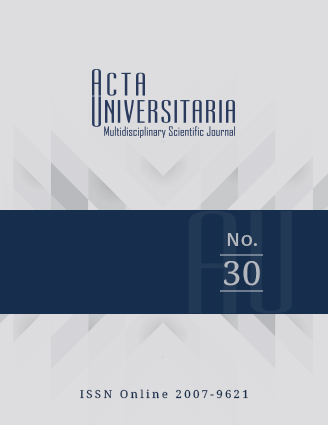Antibacterial activity of propolis with the addition of synthetic chalcones
Published 2020-04-29
How to Cite
Abstract
The antibacterial activity of propolis is related to the content of phenolic compounds and flavonoids; however, not all propolis present this property because of the absence or low amount of these compounds, but it can be increased with the addition of synthetic chalcones. Three chalcones were synthesized: 1,3-diphenylpropyl-2E-1-one (PLCR-1); and two hydroxyl-replaced analogues: 1-(3,4-dihydroxyphenyl)-4-(2,4,6-trihydroxyphenyl)prop-2E-en-1-one (PLRC-2) and 1-(3,4-dihydroxyphenyl)-4-(2,4-dihydroxyphenyl)prop-2E-en-1-one (PLRC-3) that were added in different proportions to two propolis, one from the State of Guanajuato (without flavonoids) and another from the State of Mexico (with flavonoids) aiming to evaluate antibacterial activity against reference strains of Staphylococcus aureus and Escherichia coli, using the Kirby Bauer method. The results show that only PLCR-3 chalcone strengthened the antibacterial effect of both samples against S. aureus. The increase of the antibacterial activity of a propolis with the addition of synthetic chalcones is relative to the evaluated microorganism and the proportion used.

